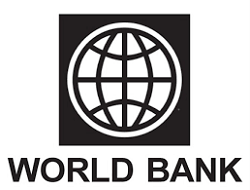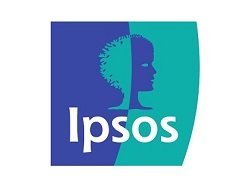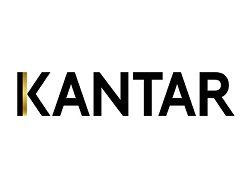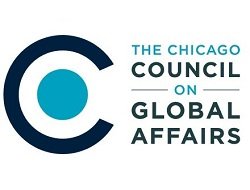IranPoll is proud of providing the most accurate predictions of the outcome of Iran’s June 2021 and May 2017 presidential elections.
Our prediction for Iran’s June 2021 presidential election, which was published by Newsweek one day before that election, was within the specified margin of error for 3 out of 4 candidates and 1.56% outside of the margin of sampling error for the fourth candidate. Likewise, our prediction for Iran’s May 2017 presidential election, which was published by The Economist three days before that election, was within 2 percentage points from the official results.
IranPoll's Prediction of Iran's 2021 Presidential Election
Iran’s thirteenth presidential election was held on 2021-06-18. Newsweek covered our predictions in a feature exclusive article published on 2021-06-17, one day before the election.
Our predictions were based on the responses given by the ‘likely voters’ to this question: “Who will you be voting for in the upcoming presidential election?” The predictions were from a telephone survey conducted by IranPoll among a nationally representative probability sample of 1000 Iranians over the age of 18 on Wednesday, June 16, 2021. The margin of sampling error was +/- 3.09%. Sampling and methodology details are available here.
IranPoll predicted the voting results for 3 out of 4 candidates accurately within the specified margin of sampling error and our prediction was only 1.56% outside of the margin of sampling error for the fourth candidate.
IranPoll's Prediction of Iran's 2017 Presidential Election
Like most polling agencies, majority of polls conducted by IranPoll are owned by their respective clients. However, IranPoll did publicize two rounds of polling results before the Iranian 2017 presidential election, which was held on May 19th 2017.
This short summary is aimed at analyzing the accuracy of IranPoll’s latest publicly available polling results for that election, which was conducted on May 16th 2017, and was published in The Economist on May 19th 2017 available here.
The following graph is made by The Economist using IranPoll’s data:
The actual results of the presidential election as reported by the Iranian Ministry of Interior was 57.14% for Hassan Rouhani and 38.28% for Ebrahim Raisi.
As IranPoll’s presidential survey utilized probabilistic sampling, the margin of sampling error could be used to estimate prediction error in the results as followed:
Hassan Rouhani: 57.14% - 58.00% = -0.86%
Ebrahim Raisi: 38.28% - 36.40% = 1.88%
Considering poll’s margin of error of +-3.09%, the predicted results for both candidates fall in the margin of error. This shows IranPoll’s estimation were correct and accurate within the margin of sampling error.
While less commonly known the margin of sampling error does not apply to the spread between the candidates, and only to the percentage point estimates themselves. There are a number of metrics available for quantifying error in election poll estimates. However, in this short summary only the two simplest measures are used. These two same measures were utilized by the “American Association for Public Opinion Research (AAPOR)” in analyzing the polling results of the United States’ 2016 presidential election. The result is published by AAPOR in a paper titled “A Primer on Pre-Election Polls” available here.
The first measure is the “absolute error” on the predicted vote margin which is always a positive number. This is computed as the absolute value of the margin (%Rouhani-%Raisi) in the poll minus the same margin (%Rouhani-%Raisi) in the certified vote.
In the case of IranPoll’s public results, the “absolute error” will be as followed:
“absolute error” = (58.0% - 36.4%) – (57.14% - 38.28%) = 2.74%
The second error measure used by AAPOR is the “signed error” on the projected vote margin. “Signed error” is calculated similar to the “absolute error” but does not take the absolute value and can be positive or negative. In the case of IranPoll’s public results, the “absolute error” and “signed error” remain the same.
As IranPoll continues to publicly make its election polls available, over years the results provided above could be utilized to analyze election polling accuracy in Iran further.
This summary is available in PDF form here.
Our approach:
As trained social scientists, we believe in the scientific method.
We turn observations into evidence-based insight.
Our services can be readily replicated and verified.
We leave nothing to assumption.































































